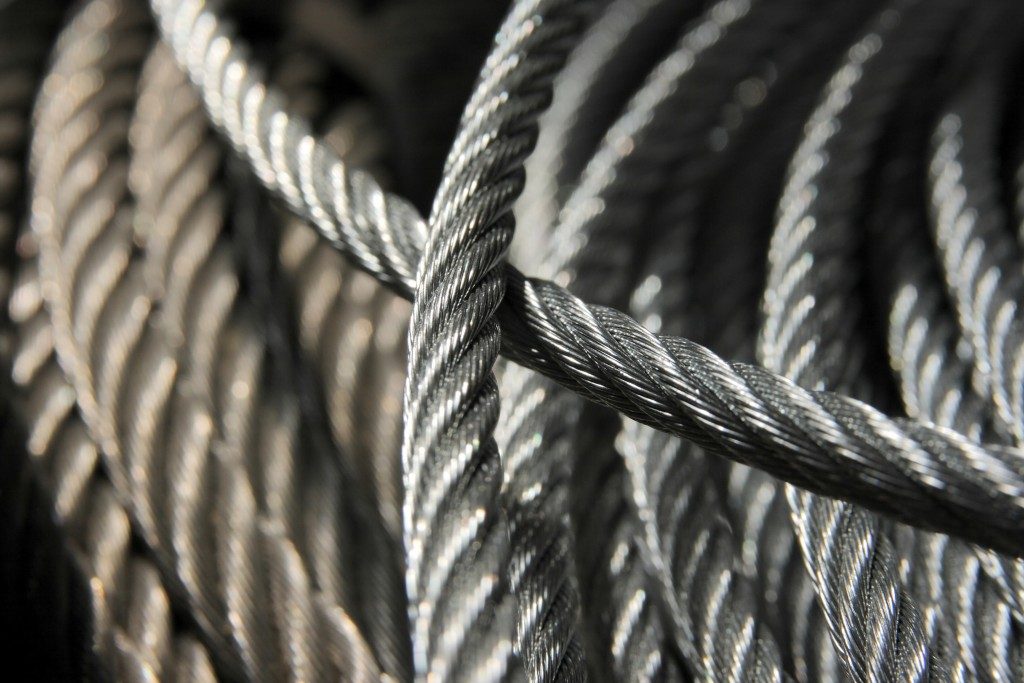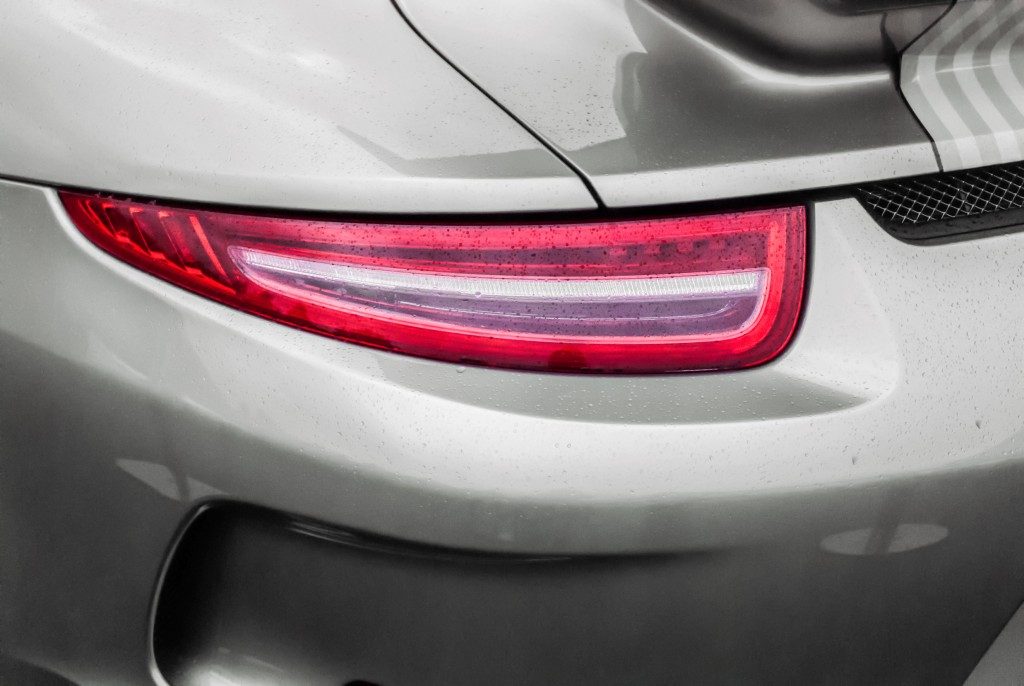Different kinds of metal, such as titanium, aluminum, copper and brass, can be formed into thin pieces to make the sheet metal that we know. Typically, sheet metal comes in various thickness or gauge, where the sheet is thinner if the gauge number is higher. Sheet metal can be shaped into almost anything too. Roll bender machines like Baileigh roll bender machines, for example, can roll sheet metals into cylinders, U-shapes, or even R-shapes, depending on manufacturing needs.
Since sheet metal is such a versatile material, you may wonder which among the things we encounter daily might be made of it. Here are some common sheet metal applications.
Transportation
The automotive industry incorporates sheet metal into almost every product, including trucks, cars, and even rail cars. It is not just in land transportation too, the wings and fuselages of most airplanes are also covered in sheet metal. Galvanized metal sheets are commonly used for hoods, fenders, oil pans, roofing, seating, spring housing, and other automotive components.
Construction
Perhaps, the industry that uses sheet metal most is the construction industry. Metal sheets are used for different parts of a construction project, such as building frames, balconies, handrails, fences, ladders, staircases, industrial walkways, and support beams. They can even be used for street furniture like park benches and street lamps.
Nails, nuts and bolts
Galvanized metal sheets are also commonly used for these materials. However, the strength for which galvanized metal is known might be reduced in the production of these materials, because the hot-dip coating process may result in excessive fill in the threads, especially for small nuts and bolts. To remedy this, manufacturers of nuts and bolts may also use electro-galvanization. Electro-galvanized nuts and bolts are typically used for light mechanical products, such as bicycles and cars.
Plumbing
Up until the early 20th century, piping was usually made of cast iron and lead. This was eventually replaced by galvanized metal piping which could last a lot longer (70 years in average) depending on how the piping was made, the impurities in the water supply and its proximity to an electrical grid. After World War II, however, interior piping for drinking water were built using copper and plastic instead of galvanized pipes. But for outdoor piping, galvanized steel pipes are still being used to this day.
Wiring and electronics

Sheet metal, particularly galvanized ones, can also be made into wire rope. Wire rope could then be used for construction binding materials, window locks, and electric cables. Aside from the galvanized metal cables, electronics also use sheet metal for the casing of many devices.
Arts and recreation
Playground equipment, such as swing sets and bicycle racks, also use metal sheets for its rust-resistance. There are even some artists that use metal sheets as a medium for their art. One such artist is Alexander Calder, who uses metal sheets and wire for his sculptures.
These are only some of the sheet metal applications we may encounter every day. Sheet metal may seem to be a fairly recent invention, but this material has been present for centuries, and its applications are just constantly being updated. In fact, the body armor that soldiers historically wore are made of sheet metal too. Metal, in all its forms, may just be a timeless material.

